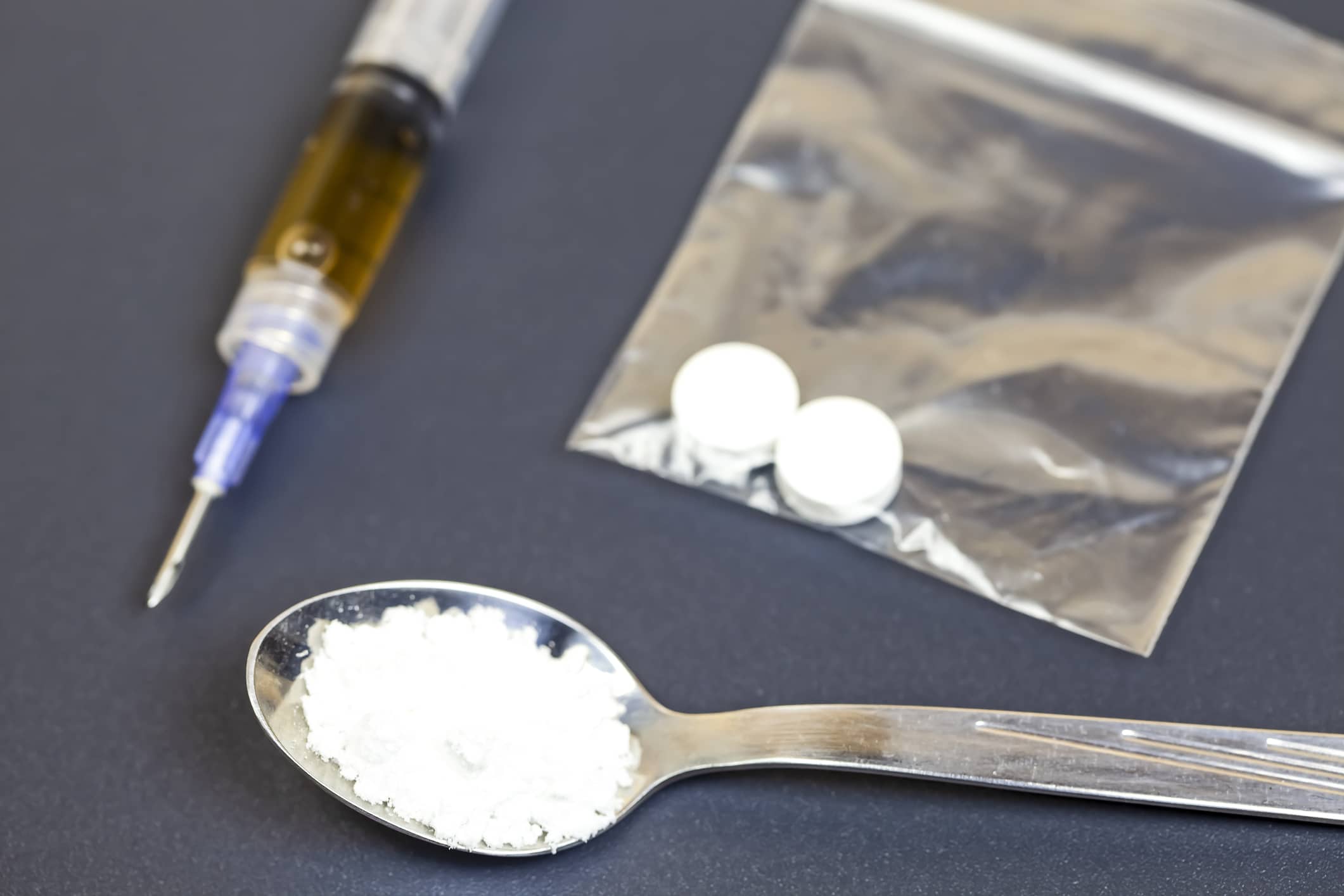TOPLINE
Suicides by drug overdose are increasing among Black women, young people and the elderly, according to a new peer reviewed study published in the American Journal of Psychiatry, despite an overall downward trend as U.S. drug overdose deaths soar to record levels.
KEY FACTS
Though there was a steep increase in the number of people dying from drug overdoses in 2020—nearly 92,000 people, a record figure and up from around 71,000 in 2019—the overall rate of suicides by overdose fell, according to researchers at the National Institute on Drug Abuse (NIDA), part of the National Institutes of Health.
The researchers, who analyzed data from the Centers for Disease Control and Prevention between 2001 to 2019, found that intentional overdose deaths among women fell from 1.7 to 1.5 per 100,000 people between 2015 and 2019 and from 1.6 to 1.2 per 100,000 people among men between 2012 and 2019.
However, intentional overdoses rose among older women ages 75 to 84 (from 0.8 in 2001 to 1.7 in 2019), older men ages 75 to 84 (from 0.7 in 2001 to 1.6 in 2019), young women ages 15 to 24 (from 0.6 in 2014 to 1.0 in 2019), young men ages 15 to 24 (from 0.6 per 100,000 people in 2015 to 0.8 in 2019) and Black women (from 0.4 in 2013 to 0.7 in 2019).
Suicides by overdose were most likely to occur on Mondays and least likely to occur at the end of the week (Friday, Saturday and Sunday), which the researchers said could be partly down to increased social interaction over the weekend and a reluctance to begin the workweek.
By month, intentional overdose rates were lowest in December and highest in late spring and summer, something the researchers said fits with observed seasonal variations in suicide risk.
TANGENT
Drug overdose deaths jumped by nearly a third in 2020, the largest yearly increase recorded and a fivefold increase from 1999. Synthetic opioids, mostly fentanyl, are responsible for most of this increase in recent years. Deaths linked to stimulants, primarily methamphetamine, are also increasing.
KEY BACKGROUND
Rates of depression and anxiety soared during the Covid-19 pandemic amid widespread economic uncertainty, the collapse of support networks, an inability to access mental health support and a myriad of other stresses. Though experts feared a commensurate rise in suicides, rates actually fell in the U.S. for two consecutive years in 2019 and 2020, bucking a decades-long trend of almost yearly increases since 1999.
WHAT WE DON’T KNOW
How many suicides by drug overdose there are. It can be difficult to determine whether overdose deaths are intentional or not, the researchers note, pointing to the complex interactions between mental illnesses—which carry their own elevated suicide risk—and substance use disorders. Around 5% to 7% of drug overdose deaths are recorded as intentional, the researchers said. The distinction “has important clinical implications” in preventing accidental and intentional overdose deaths, said NIDA director Dr. Nora Volkow. “We must implement strategies for preventing both,” Volkow added, including screening for suicidality among people using drugs and providing support for mental illnesses and substance use disorders to those who need it.
BIG NUMBER
47,511. That’s how many people died by suicide in the U.S. in 2019, according to data from the CDC. Suicide was the tenth leading cause of death overall—second among those ages 10 to 34 and fourth for ages 35 to 44—and killed nearly two and a half times the number of people as homicides. Firearms were the most common method used in suicide in the U.S., accounting for just over half of deaths in 2019.
If you or someone you know is in crisis and needs immediate help, call the National Suicide Prevention Lifeline at 1-800-273-TALK (8255). Learn more about suicide prevention and ways you can help someone who might be at risk for self-harm.
FURTHER READING
Intentional drug overdose deaths in the United States (The American Journal of Psychiatry)
Here’s Why Experts Think Suicides Dropped During The Pandemic (Buzzfeed News)
